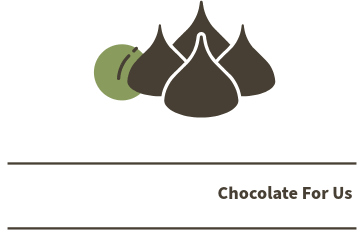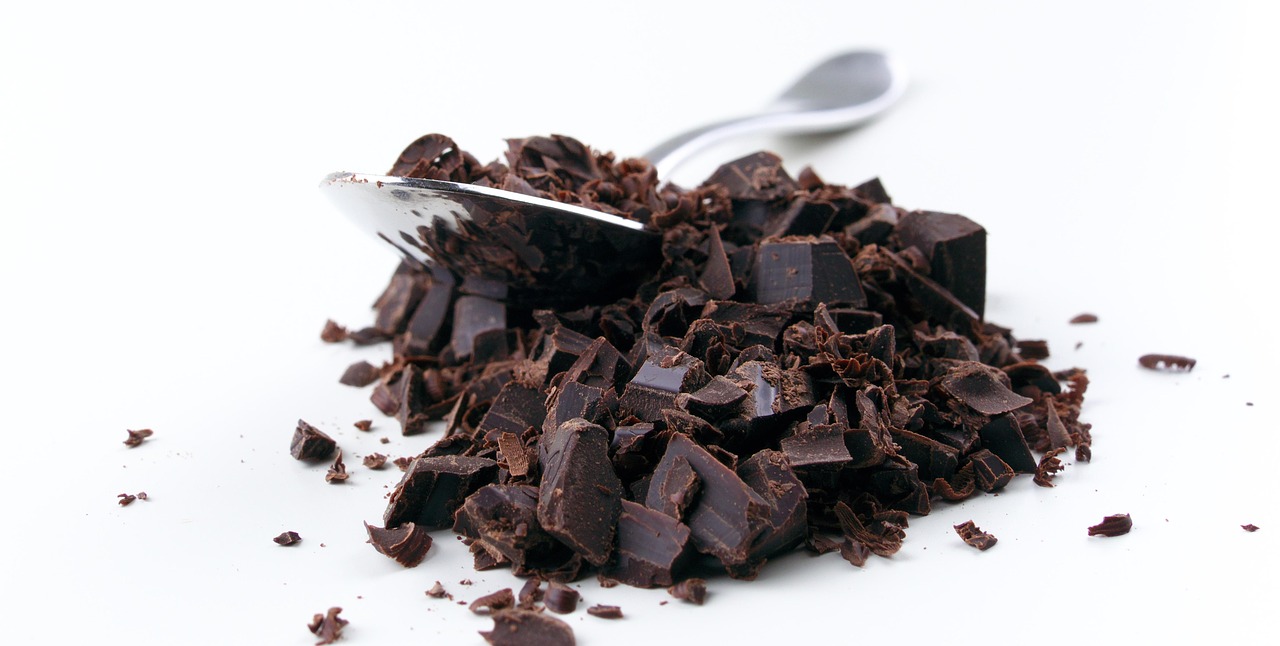If you’ve ever dipped strawberries, coated pretzels, or made a glossy chocolate drizzle for a dessert, chances are you’ve worked with melting chocolates. These handy, easy-to-use chocolate products are designed to melt smoothly and set with a beautiful finish, making them a must-have for both beginner and seasoned candy makers.
In this post, we’ll explore what melting chocolates are, how they differ from regular chocolate, tips for using them successfully, and how they play an essential role in making crowd-favorite treats like chocolate peanut butter balls.
What Are Melting Chocolates?
Melting chocolates — often sold as wafers, discs, or blocks — are specially formulated for candy making and coating. Unlike chocolate chips, which are made to hold their shape in baked goods, melting chocolates are designed to liquefy quickly and evenly.
The secret is in their composition: they often contain added cocoa butter or vegetable oils that allow them to melt at lower temperatures without seizing. This also means they don’t require the traditional tempering process that couverture chocolate needs to achieve a shiny, firm finish.
Melting chocolates come in a variety of flavors and colors, including milk, dark, white, and even vibrant colored options for themed events.
Why Use Melting Chocolates Instead of Regular Chocolate?
While you can melt standard chocolate bars or chips, melting chocolates offer several advantages:
- Ease of Use: No tempering needed — just melt and use.
- Smooth Consistency: Designed to coat evenly and drip off cleanly.
- Versatility: Available in a range of colors and flavors.
- Reliable Finish: Sets with a nice snap and sheen, perfect for candy coating.
Because of these benefits, melting chocolates are especially popular for holiday candies, edible gifts, and party treats.
How to Melt Chocolates Properly
There are two common methods for melting chocolates:
Microwave Method:
- Place melting chocolates in a microwave-safe bowl.
- Heat in 20–30 second intervals, stirring between each round.
- Stop when mostly melted and stir until smooth.
Double Boiler Method:
- Fill a saucepan with a couple inches of water and bring to a simmer.
- Place a heat-safe bowl on top, making sure it doesn’t touch the water.
- Stir the chocolates until melted and smooth.
The key to success is low, slow heat to prevent scorching.
Using Melting Chocolates in Chocolate Peanut Butter Balls
One of the most beloved uses for melting chocolates is making chocolate peanut butter balls (also known as buckeyes). These bite-sized treats feature a creamy peanut butter filling enrobed in a crisp chocolate shell — and melting chocolates make the coating process quick and flawless.
Here’s how they come together:
- Make the Filling: Combine peanut butter, powdered sugar, and butter until smooth. Roll into small balls and chill until firm.
- Melt the Chocolate: Use melting chocolates (milk or dark work best) for a smooth, even coating.
- Dip the Balls: Using a fork or dipping tool, coat each ball in the melted chocolate, letting excess drip off before placing them on parchment paper.
- Let Them Set: Allow to harden at room temperature or refrigerate for a quicker set.
The result is a candy with a perfect snap on the outside and a melt-in-your-mouth interior.
Other Treats You Can Make with Melting Chocolates
- Chocolate Covered Strawberries
- Dipped Pretzels or Oreos
- Homemade Candy Bark
- Cake Pops and Truffles
- Drizzled Dessert Garnishes
Because melting chocolates are so easy to work with, they’re perfect for creative kitchen projects.
Final Thoughts
Melting chocolates are the ultimate shortcut for achieving professional-looking, great-tasting homemade candies and desserts. They save time, reduce stress, and open up endless possibilities for creative, delicious treats — from dipped fruits to intricate drizzles.
And if you’ve never made chocolate peanut butter balls, consider this your sign to grab some melting chocolates and give them a try. They’re proof that with the right ingredients, a little melting magic can turn simple flavors into something extraordinary.

